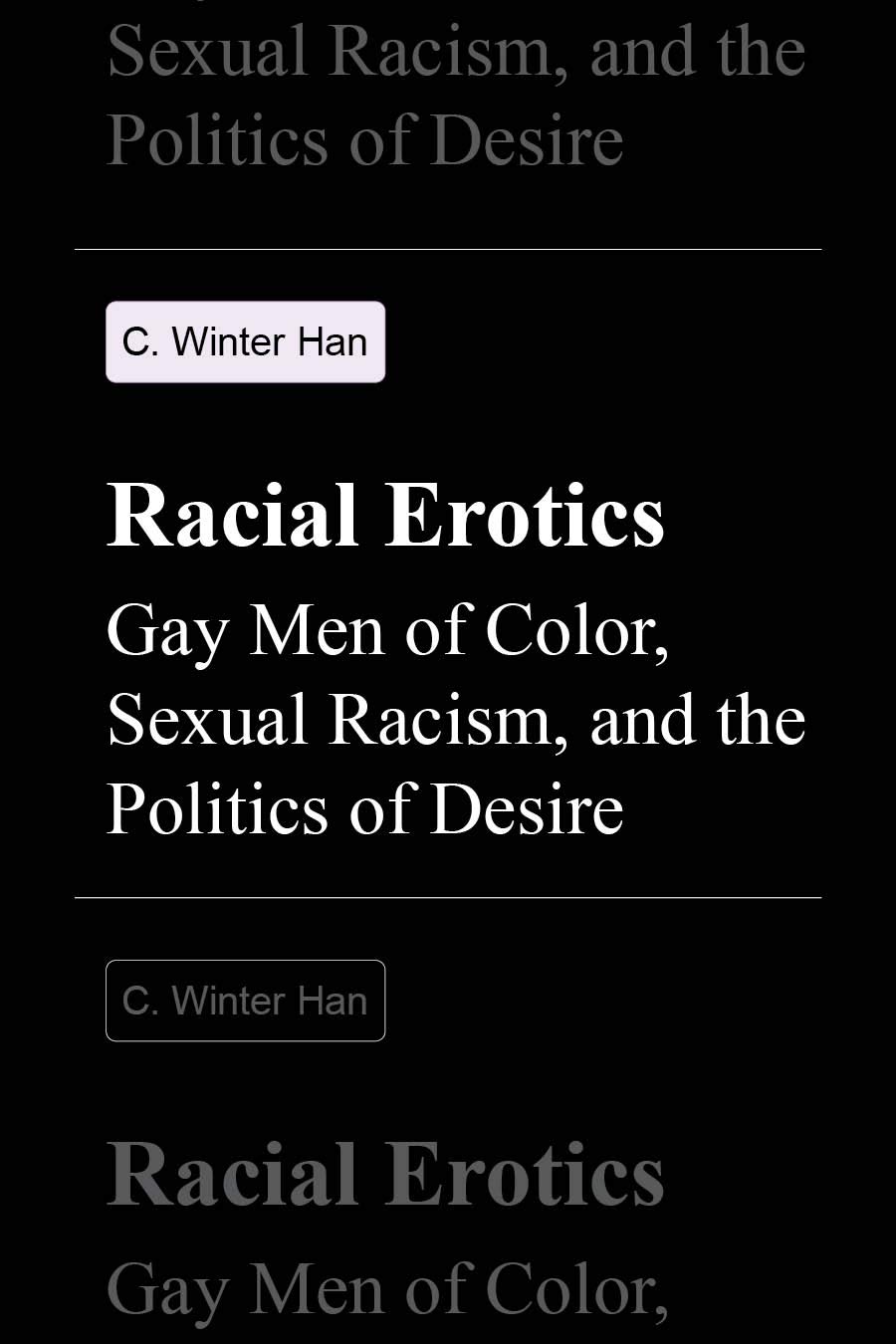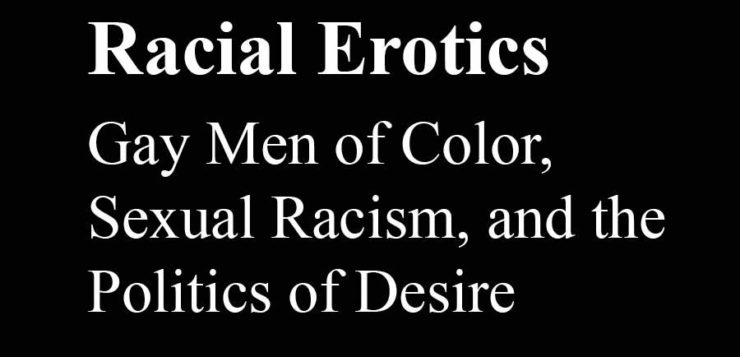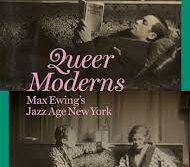 RACIAL EROTICS
RACIAL EROTICS
Gay Men of Color, Sexual Racism, and the Politics of Desire
by C. Winter Han
Univ. of Washington. 248 pages, $30.
IF SOMEONE EXPRESSES a greater sexual interest in one racial group over another, are they being racist? Are our erotic preferences and attractions innate, or are they created by the culture in which we live? These are some of the questions explored in this thought-provoking sociological study.
In its most basic form, sexual racism is rejecting sex with another person based on race or race-based fetishizing and objectification. According to C. Winter Han, associate professor of sociology at Middlebury College and author of Racial Erotics, the problem is larger than just who desires whom as a sex partner. It is “rather the structural conditions promoted by gay communities and the gay media that lead to white men coming to have more erotic worth than men of color.” By judging men of color as less desirable, he argues, “the true danger of sexual racism isn’t that gay white men don’t find men of color sexually desirable, but the hierarchy that it creates affects many other areas of life for gay men of color.”
In Racial Erotics, Han contends that our erotic preferences are not “natural” but are instead formed by cultural factors that make some traits desirable or not. “Sexual desires are often influenced by larger social constructions of race, ethnicity, age, and class, and the social meanings given to race has always played a critical role in the construction of desire and desirability.” This socially constructed “erotic habitus,” as Han calls it, creates a hierarchy of sexual worth, an erotic economy in which some men are considered more valuable than others. In Han’s analysis, white men have the highest value among the races in the gay male world.
In analyzing interviews with gay men of color living in Los Angeles, Han finds that most express feelings of marginalization in gay communities, reporting that the atmosphere of gay-identified spaces and “gayborhoods” is not welcoming. When dealing with white men interested in men of color, many of the latter felt that they had to “play the game” or acquiesce to certain stereotypes of what they should be and how they should act. Next, examining issues of the most widely read gay magazine in the U.S., Out, from 2010 to 2019, he finds that two-thirds of their covers featured cisgender white men, while only thirteen nonwhite men appeared on the cover during this period. The overwhelming use of white men in advertising, articles, and other forms of gay media, including pornography, makes white males “invisible in the sense that they are normalized … they become the default in the absence of racial markers or cues. Specifically, desire for white men comes to be seen as the default of desire. … When gay men of color are desirable, they are desirable because they offer a distraction from the norm, an unusual delight that would otherwise not be indulged.”
Racial Erotics then turns to Craigslist’s now defunct “Casual Encounters” section to explore how both white men and men of color used racial tropes and stereotypes to seek out partners or to advertise their availability in sexually explicit postings. Another chapter outlines various ways in which racism is minimized or trivialized by commentators on gay media articles about race online. Han points out that typical responses—such as claiming “reverse racism,” changing the conversation to focus on homophobia in communities of color, or stating that the lack of erotic interest in people of color is biological or innate—are all based on the assumption that racism is a condition of individuals rather than of the institutional structures of society at large.
While studies find that a significant number of gay men of color are in interracial relationships, and in higher percentages than their heterosexual counterparts, Han states that less work has been done on intra-racial relationships. He reads personal essays by gay men of color about their preference for other men of color, finding three main ways that they frame these inclinations: as a result of a personal journey toward self-acceptance; as a way to avoid the white gay community; and as a political act that disrupts racial hierarchies.
The book’s concluding chapter does not offer solutions to sexual racism but urges Han’s fellow sociologists to continue and broaden his explorations of the nature of desire. While readers may be concerned by the relatively small number of men in some of the studies the author relies on, Racial Erotics will have them looking at gay media and culture more closely and questioning where their desires come from.
____________________________________________________





